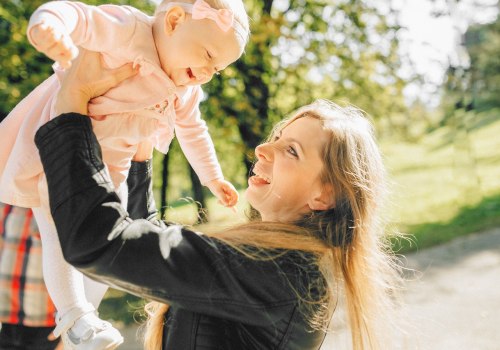Whoever has physical custody, also known as residential custody, is responsible for the actual physical care and supervision of a child. If the judge grants joint physical custody, the child lives with each parent for the same amount of time. If the judge grants sole physical custody, the child lives with this adult more than 50% of the time and this person is the party in custody and the non-custodial party will receive visitation. Neither parent has a preferred right to custody of their children in New York.
If there is no custody order, either parent can keep the child. If the case goes to court, the custody decision must be made in the “best interests of the child.” This was an Act of Congress in 1980 that works in connection with the Uniform Child Custody Jurisdiction Act (UCCJA) and the Uniform Child Custody Jurisdiction and Enforcement Act (UCCJEA). Women's and fathers' rights activists are often involved in child custody issues, as the issue of equal parenthood is controversial, since most of the time it combines the interests of the child with those of the mothers or fathers. Many courts and judges lean more towards the mother figure when there is a trial for the custody of a child.
In the context of cases involving custody, the best interest rule suggests that all legal decisions made to accommodate the child be made with the goal of ensuring the child's happiness, safety, and overall well-being. Once again, New York courts must apply the standard of what is best for the child when making a custody determination. Answers to common divorce questions about division of property, alimony, child custody, child support, and more. In the case of divorce or separation of parents, many obstacles can arise with regard to the custody of their children, deciding who will be the custodial parent, etc.
The best interest rule has been considered to be a standard for determining child custody for the last 40 years of history. However, a court will consider the wishes of a 12-year-old child more than those of an 8-year-old child. If you are resolving your case, you can resolve child custody or your entire case, which could include visitation, child support, and other issues. Under the New York Child Support Rules Act, the non-custodial parent must pay child support to the custodial parent according to the formula established by the State, which is a percentage of their gross income after deductions from their FICA withholding (which is 7.65% of their income).
In addition to this, the only other important consideration in determining custody was the ability of adults to supervise and raise the child. The judge should evaluate the general circumstances of the family to determine what type of custody agreement best meets the child's needs. In an economic analysis, Imran Rasul has concluded that if one parent values the quality of children more than the other, spouses prefer that parent to have sole custody, while joint custody is optimal for parents with a relatively equal assessment of the quality of the children. Custody laws in New York state that there are specific factors that constitute the best interests of the child.
The UCCJA & UCCJEA was enacted to establish uniformity among the 50 states with child custody orders so that a parent cannot simply take the child to another state and obtain a custody order to the detriment of the other parent when a state has already issued a custody order.







